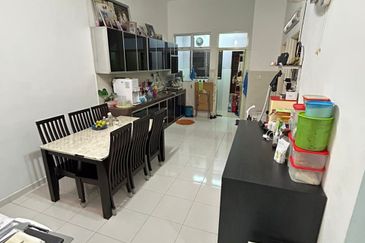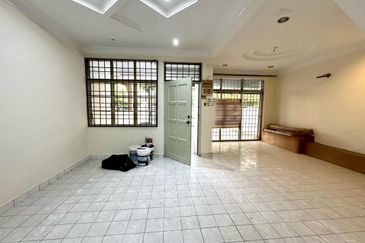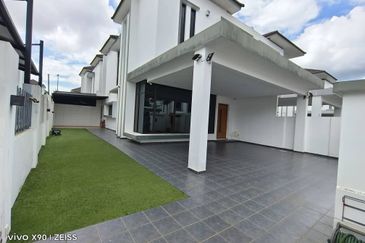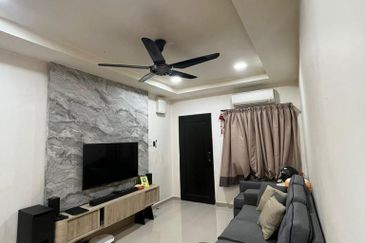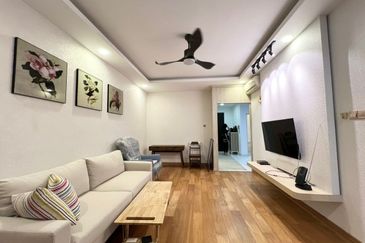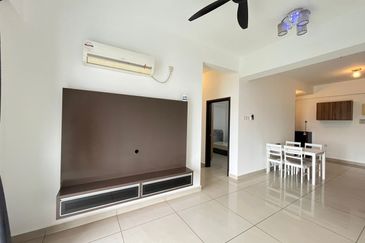SERVICE charges are a monthly pain to many, especially those who live in strata buildings be they condominiums, serviced apartments, small office home offices (SOHOs) or others. With many other people living under the same development, common areas and facilities like gardens, gyms and pools that are not part of the owner’s own parcel are maintained by the building management in their various stages of composition from the Developer to the Joint Management Body and, ultimately, to the Management Corporation (MC).
This is where charges are needed for the purpose of meeting the general expenditure for the maintenance and management of the common property or the limited common property, as the case may be. These charges consist of service charges or maintenance fees. They are paid by the strata owner in proportion to the share units of the owner’s parcel and will be collected in advance by the management body. Unlike the previous practice of collection that is based on the per square foot area of the main parcel, share units give the rightful consideration to both the main and the accessory parcels as well as their usage. Keep in mind that a strata property packed with ample facilities may cost more in maintenance fees in the long run.
Sinking fund
Other than the abovementioned charges, strata owners are also required to contribute to the sinking fund which is normally at the rate of 10% of the total amount of charges. A sinking fund is a reserve fund collected from the strata owner for future expenditure which is typically less predictable and cost a lot more than the usual maintenance fee.
For instance, a large-scale, once in a long time paint job, revamping of the interior design of common facilities and roof replacing are paid through the sinking fund. Yet, sometimes it is difficult to generalise just which item specifically should be attributed to the maintenance fee or the sinking fund. Each estate will eventually draw their own line between the two but, ultimately, the sinking fund serves to keep an estate afloat during times of financial hardship. It is a contingency fund reserved for rainy days.
Unquestionably, part of the powers and duties of management bodies is to determine and impose the charges and sinking fund, collect money from the strata owners and then deposit them into separate accounts. Of course, they must first open the maintenance account and sinking fund account in the name of the respective management body, before any collection of charges and contribution to the sinking fund. During the preliminary period, only the developer, who is the management body then, shall open these accounts in the name of the MC.
Insuring the building
Section 93 of the Strata Management Act 2013 makes it compulsory for the management body of the strata building to insure the building has a damage policy with a licensed insurer. This is to ease the financial hardship of the estate in the event the building is destroyed or damaged by fire, lightning, explosion or any other occurrence.
On the other hand, for developments where a Subsidiary Management Corporation (Sub MC) is formed out of the MC due to the existence of limited common property, both the common property and limited common property shall be insured separately by the MC and Sub MC. This means that the MC will be responsible to insure the building excluding the limited common property whereas the Sub MC will be responsible to insure the limited common property. However, if any area or part of the limited common property cannot be separated from the common property, the said area or part of it shall be insured by the MC under a damage policy and the premiums paid for such insurance shall be apportioned between the Sub MC and the MC, in accordance with the share units of the strata owners constituting the Sub MC against the aggregated share units of the strata owners constituting the MC.
Keeping the accounts
In managing the funds, the management bodies are in a position where they must keep the accounts in true and fair view. The management body in power must appoint an approved company auditor to audit the accounts annually. Not only will this be information for the strata owners but it is also to be filed with the Commissioner.
Hence, a proper record of these two accounts (one for the charges and one for the sinking fund) including records of every transaction, balance sheet, income and expenditure statement, and profit and loss statement must be properly kept and maintained at all times.
To sum up the above, the management bodies decide on the amount of charges, manage, and use the fund — these are all within the powers of the management bodies. The strata owners are encouraged to join the meetings or even become committee members to have a say not just on the usage of funds but also on other matters related to the estate.
Last but not least, when a strata owner fails to pay the payables, the management body may impose a late payment interest of not more than 10% per annum and the owner shall also be liable to an amount lawfully incurred by the management body to procure the outstanding sum.
Chris Tan is a lawyer, author, speaker and keen observer of real estate locally and abroad. Mainly, he is the founder and now Managing Partner of Chur Associates.
If you have questions that you would like to pose to Chris, please go to the Tips section of www.theedgeproperty.com to pose your questions.
Disclaimer: The information here does not constitute legal advice, please seek professional legal advice for your specific needs.
This story first appeared in TheEdgeProperty.com pullout on July 1, 2016, which comes with The Edge Financial Daily every Friday. Download TheEdgeProperty.com pullout here for free.








